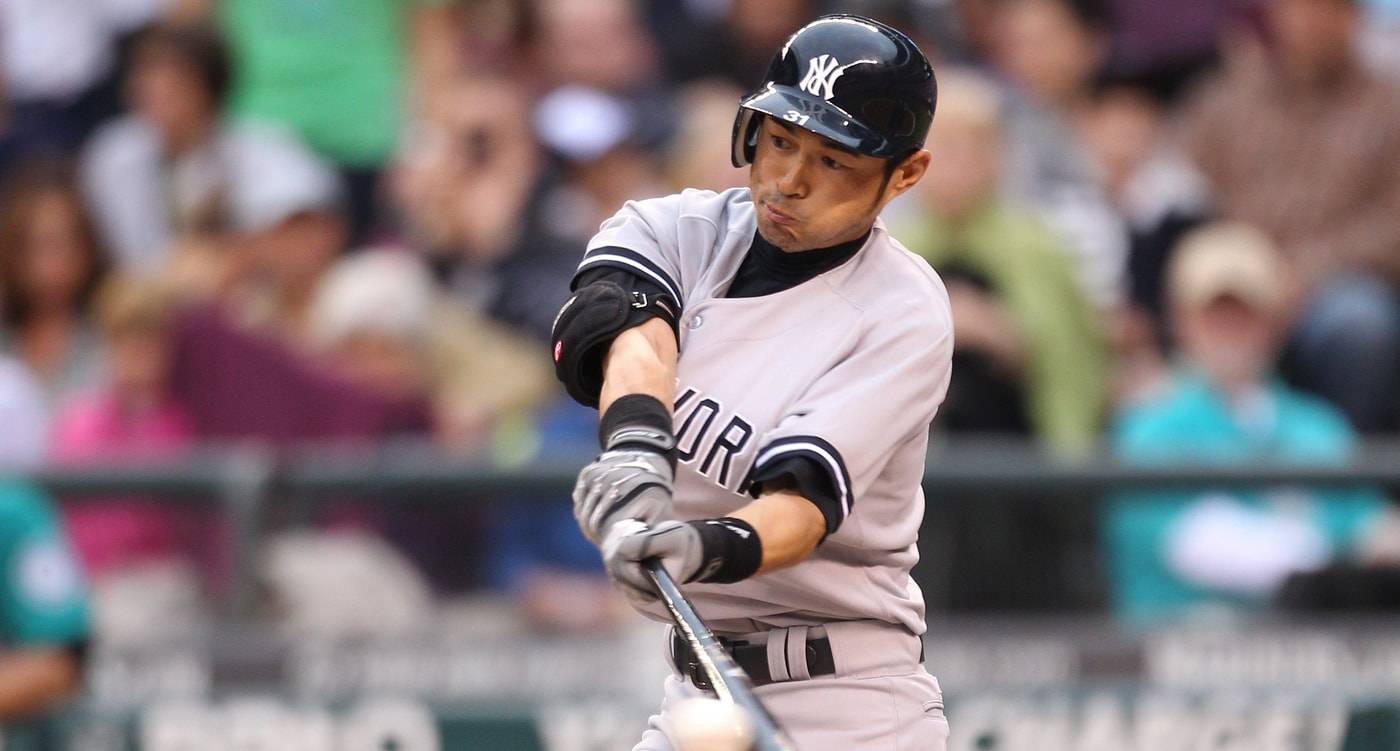|
Two thoughts about Ichiro Suzuki, who just retired:
1. I can only speculate what would happen today if a player with similar skills arrived from Japan to the so-called Major Leagues. He might be turned over to the analytics types in their bat cave, who would "suggest" he could have more “pop” if only he had a better “launch arc.” The numbers guy might see him produce long balls in batting practice – which he could do, any time – and insist he do the same during games. The analytics crowd is currently retrofitting the new generation of hitters. I see how the Mets are doing their best to minimize Jeff McNeil, a late bloomer who made 74 hits and batted .329 in his debut last season, making him scramble for a utility job in the outfield. https://www.baseball-reference.com/register/player.fcgi?id=mcneil000jef Of course, Ichiro arrived in Seattle with the statistics of the greatest hit-producer in Japanese history. He also had the martial discipline of Sadaharu Oh, the greatest home-run producer in baseball history, who took time out to swing a Samurai sword to help him with his home-run cut. https://www.baseball-reference.com/register/player.fcgi?id=oh----000sad Ichiro and Oh could do that because they had the security of a culture that prizes ritual and history. Ichiro arrived in North America with his climate-control bat case and his pre-game snack of a rice ball. He was going to do things his way, and he had the advantage of a Japanese ownership with the Mariners. Nobody messed with him. He was already a force. But young American hitters are hearing the “wisdom” of the age that is turning Major League Baseball into a dreary home-run derby, hard to watch, with players trudging impassively back from home plate with the secure knowledge they took their launch-angle cut, on orders from on high. 2. Ichiro was a force of his own, who would not have won a popularity contest in the clubhouse or the press box. He got along well with Ken Griffey, who traveled to Tokyo for Ichiro’s farewell -- superstars bonding via their respect for the game. However, teammates noticed he never dived for a ball in the outfield and noticed his special care and handling in the clubhouse. He could speak street English in the dugout but maintained a reserve through an interpreter with reporters and other outsiders. From the book "Life from the Press Box" by long-time Mariners beat reporter Jim Street: “From the day Ichiro arrived from Japan, to the day I retired, he was exceedingly rude to American reporters, whether giving snide answers to good questions or making fun of ---‘s girth. I had one Japanese reporter tell me, ‘If you think he’s rude to you guys, he treats us even worse.’” That said, Ichiro was a spectacle, to be observed and respected as one of a kind. His arm, his glove, his calculated speed on the base paths, his batting-practice homers and his gametime singles made him a legend. Fans around the world got to see him excel at the highest level. And the launch-crowd types never got to mess with his swing. There’s that. Three stories about Ichiro: https://www.nytimes.com/2019/03/20/sports/mariners-as-mlb-opener-japan.html https://www.nytimes.com/2019/03/21/sports/ichiro-suzuki-retires.html https://www.nytimes.com/2019/03/21/sports/ichiro-suzuki-hit-total.html?module=inline
Chris Vecsey
3/22/2019 12:49:07 pm
Sometimes those of us who see a self-created work of art, like the ballplayer Ichiro, can appreciate without distraction what we see on the field (or on tv) with no concern about his personality in the clubhouse. All praise for this hitting wonder, now retired from our view.
George Vecsey
3/22/2019 02:33:22 pm
Chris, you have heard my stories about one-time encounters with singers you and I admire.
bruce
3/22/2019 11:48:34 pm
george,
bruce
3/23/2019 05:20:51 pm
george, Comments are closed.
|
Categories
All
|










